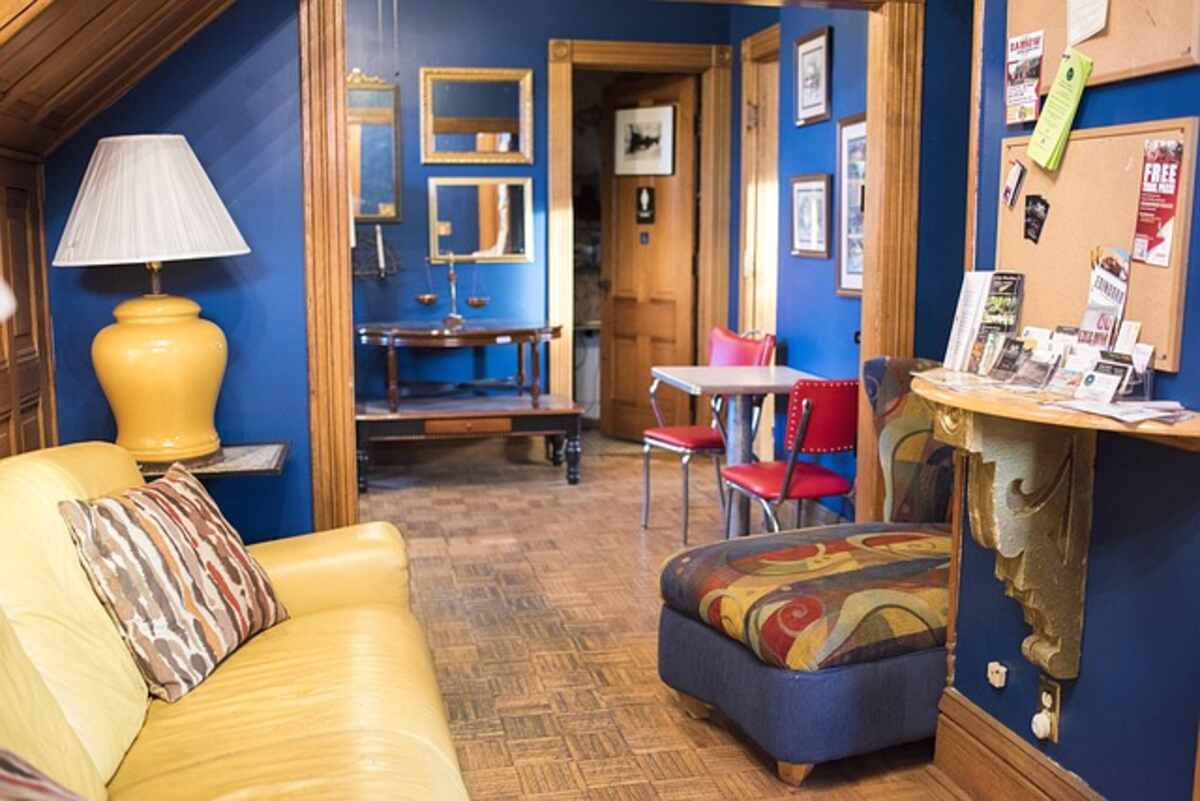Color’s Influence
Using Color to Decorate
Color is intrinsic to who we are; perhaps we each have our own signature hue. Corbusier, Le
The background of our world is made up of colors, and they have the power to evoke a wide range of feelings in us. Color enlivens and uplifts us all, and its presence improves the quality of our lives. When you’re in the mood for it, color may be a massive boost to your mood, but if you’re not, it can be a significant energy drain.
Color should be like quiet music. However, the wrong hues can be annoying. Cheskin, Louis
Examine the effect color has on our surroundings and how we react to it. Think about how the colors and textures of nature might inspire you. Everyone is born with an innate reaction to paint, which can be stimulating or relaxing. Remove the offending hue from your life. Because of its emotional and psychological impact, color is often used to describe people.
Color perception is highly individual; what one person finds cheery and vibrant, another may find flashy and tacky.
There is a vast range of shades within each primary color.
If you stick to a color scheme, you’ll have a space you love spending time in.
Like food, color can nourish your body and mind. Find out which hues you gravitate toward. Adding color to the walls doesn’t require covering them in thick layers of primary colors. Fabrics, vases, dishes, throws, lamps, and flowers in your preferred hues should all be prominently displayed. Subtle accents are placed strategically across the room.
Follow your passions, and you will find success. Take in the beauty of nature’s colors and their effect on the world with a keen eye for hues.
Selecting paint colors for a room may be a lot of fun.
Hues affect our emotional state.
The mood we’re in might be affected by the colors we surround ourselves with. Some hues have a positive effect, making us feel joyful and healthy, while others have the opposite effect, bringing us sadness.
Many of these expressions stem from people’s natural reactions to colors. Negative emotions are described by terms like “feeling blue” and “seeing red.”
The uplifting effects of color can be seen, for instance, when flowers are used in the house. Bright and cheery yellow flowers will set the mood, while serene white or green bouquets will do the same.
The Best Hues
The color yellow, it is said, brings the most joy. The color wheel opposite yellow is violet; complementary colors include purple and blue.
Intense and challenging to work with, the effects of using orange can bring about a carnival. * Orange is an exhibitionist, the hottest color in the spectrum. Successful color combinations include fiery orange with sunny yellow and crimson or deep burgundy and plum. The combination of orange and purple is energizing.
* Hot pink, a vibrant shade combining purple and red, is joyful and optimistic. It’s lighthearted and harmless.
The color blue is the epitome of coolness. Colors of the sky—sky blue, dove gray, fawn, and pure white—create a tranquil haven for the mind and spirit.
The color azure blue can both energize and relax its viewers.
Bedrooms, baths, and living rooms benefit from the calming effects of pale blue against white, brown, and quiet gray. Their understated gentleness makes it easy to unwind.
It’s advisable to pair lilac with white rather than dark wood. Search for hefty ceramics with simple colors and designs, avoiding floral motifs.
The shell-pin tones of lavender are remarkably calming and attractive in private spaces like bedrooms and baths.
All tones of lavender and mauve look exquisite when combined with silvery clusters and grayish greens.
Green’s association with nature and the sea may be one of the reasons it’s so well-liked by those who have to live with its decor every day. A bathroom painted in a soothing, simple green—think apple, pea, and euphorbia—always makes you feel better. In the company of such a soft palette, unwinding and munching will feel like second nature. Fits in better with unadorned timber or painted furniture than with plush upholstered or gilded pieces.
* White: all-white color schemes (gray-white, bone-white, dirty-white) are crisp and refreshing.
White is timeless in its purity and beauty, and it has a calming effect on both the mind and the eye.
* Cream denotes a color that is neither black nor white. It has a calming effect on the eyes while still being sophisticated. You’ll find colors like ivory, oyster, magnolia, shell, and vanilla in this spectrum.
Red is more dynamic than restful; it awakens rather than soothes. Red is the color of danger, excitement, love, sensuality, power, and vitality. Both love and hate are implied. That’s the right shade to bring the sun’s warmth into your home.
Red’s depth and luxury make it both commanding and alluring. Feel free to use it boldly or as a focal point to add glitz and shine. Colors of the rose for romance, purple for ardor, and red for drama
When rusty tones predominate in autumn, the foliage is said to be at its most beautiful. To create deeper tones, combine rust with burgundy, brown, plum, and deep red; to create lighter tones, combine with pale yellow.
The color plum is quite elegant. Plum, closely related to black, is a dark color that swallows darkness. The combination of plum and grey is stately and Victorian. Acid lime-green, in contrast, makes plum look contemporary and revived. Simply eating or smelling a plum might put you in a reflective mind.
The color burgundy is both luxurious and refined.
Since the year 2000, silver has been widely used in the fashion and creative industries.
Decorative Interiors by Sabine.
Read also: https://livbulletin.com/category/home-improvement/

